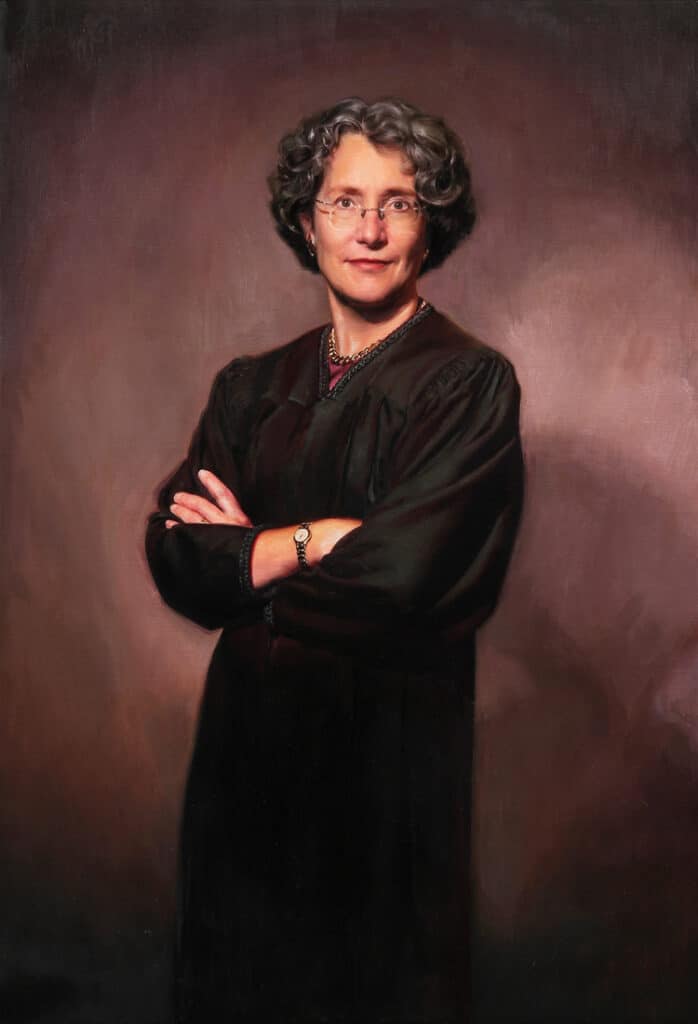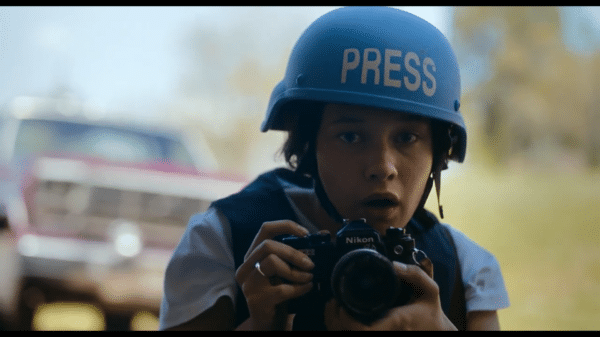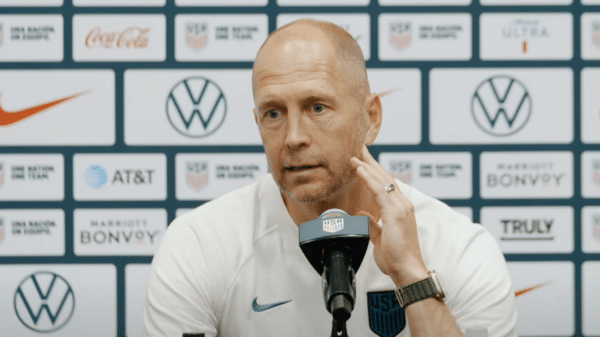On May 23rd, the N.C.A.A. agreed to a historic $2.8 billion settlement in a class-action antitrust lawsuit. In plainer terms, college athletes are looking at potential paychecks from their universities for the first time. House v. N.C.A.A, named after lead plaintiff Arizona State swimmer Grant House, would have sent the N.C.A.A. and the Power 5 conferences— the Big Ten, Southeastern, Atlantic Coast, Big 12, and Pac-12– to trial before a jury if not settled.
The N.C.A.A. settled. Why?
Antitrust cases sent to trial often end up with increased damages. In the case of House v. N.C.A.A., this price tag could have exceeded $4 billion. In a statement, the Rev. John I. Jenkins, president of the University of Notre Dame, said, “The settlement, though undesirable in many respects and promising only temporary stability, is necessary to avoid what would be the bankruptcy of college athletics.”

While the N.C.A.A. has requested an antitrust exemption from Congress, its allowance remains pending. The N.C.A.A. has long lobbied Congress for this exemption from lawsuits that hamper its ability to make its own rules, yet has had little success. “To save the great American institution of college sports, Congress must pass legislation that will preempt the current patchwork of state laws; establish that our athletes are not employees, but students seeking college degrees,” Notre Dame President Jenkins said.
House v. N.C.A.A. in More Detail
The settlement still faces approval by U.S. District Judge Claudia Wilken in California, but if approved would enact two major changes. Firstly, Division I athletes who competed between 2016 and 2021, when an N.C.A.A. rule change allowed players to compensate off their name, image, and likeness (NIL) through sponsorships, would receive back-pay. The $2.8 billion in damages would be divided among athletes in three categories: one consisting of major conference football and men’s basketball players– the sports that typically make the most money–, one category for women’s basketball players across the major conferences, and another for any Division I athlete who joined the suit. However, while there are details surrounding who will be paid, how much each category will receive is still up in the air.

Secondly, and historically, the suit requires Division I schools to begin paying their athletes for the rights to their NILs, sharing around 22 percent of their sports revenue with athletes. Schools would also have the option to set aside as much as $20 million to pay their athletes for the 2025 season. Yet no regulations have been determined to govern the potential distribution of the money between athletes. However, the suit’s vagueness implies that discrepancies will likely arise; both between the schools that can spend more money and between the sports and athletes they choose to compensate.
How Do the Athletes Feel?
In 2020, attorney Shelby Smith, the mother of a teammate, first approached Grant House to join a lawsuit against the N.C.A.A. “I always thought it was interesting that [college] musicians can monetize themselves, take it to the farthest reaches, but I couldn’t because I’m an athlete. That just didn’t sit well with me,” House told CBS Sports ahead of the settlement. In early February, the Dartmouth men’s basketball team made history as the first N.C.A.A. athletes allowed to join a labor union after a decision by a National Labor Relations Board regional manager. The trend of college athletes seeking compensation for their contributions is on the rise as college sports continue to generate more and more revenue each year. According to a PBS analysis, the median salary of head football coaches at the Division I level is upward of $3.5 million, while athletes are not considered employees of their universities.

For TCU basketball player Sedona Prince, another plaintiff in House v. N.C.A.A., the long-fought decision holds a more specific uncertainty– whether schools will compensate male and female athletes fairly if left unregulated. In 2021, Prince posted a video to social media blatantly highlighting the disparity between the facilities provided for men’s and women’s N.C.A.A. basketball tournaments. It went viral, prompting a burst of conversation surrounding other gender inequities in college sports. Five months later, a report from the law firm of civil rights lawyer Robert A. Kaplan describing how the structure of the N.C.A.A. perpetuates gender inequalities began by citing Prince’s video.
Looking Forward
Yet how Title IX, which prohibits discrimination on the basis of sex in educational settings, will affect the recent settlement is uncertain. While a report from the U.S. Government Accountability Office last month revealed the Education Department has been nonchalant in its enforcement of Title IX, female athletes have had success turning to lawsuits instead. Two years ago, lawyer Arthur Bryant helped win a case against Clemson University, ensuring they are to provide equal financial aid, treatment, and benefits to their female athletes. Currently, he represents 32 female athletes suing the University of Oregon for Title IX violations. “What the N.C.A.A. and the conferences and everybody involved in the settlement need to know is that if the money from these schools is not distributed proportionally to males and females, they’re just asking to be sued,” Bryant said to the New York Times.

Judge Claudia Wilken, who will either approve or deny the suit in the next few months, has decided in favor of the plaintiffs in two previous cases against the N.C.A.A., resulting in payments to the athletes involved. While damages were minimal, Wilken’s history suggests plaintiffs in House v. N.C.A.A. have reason to be hopeful. If approved, the N.C.A.A. would fund the $2.8 billion in damages over 10 years through spending reductions across all colleges, not just those named as co-defendants in the suit. The case’s approval by the N.C.A.A. represents a monumental moment in college athletics, but its plaintiffs are not at the finish line just yet. As the price of athletes potentially increases, demand could fall. It remains to be seen whether the settlement will exacerbate existing divides– men vs. women, Power 5 schools vs. others, and revenue vs. non-revenue sports.















Grace W.
June 19, 2024 at 7:52 pm
Thanks for this piece. I was confused about how NIL worked and this really made it clear. I hope the women college athletes are paid equally — at the collegiate level, women’s sports are some of the best contests out there!